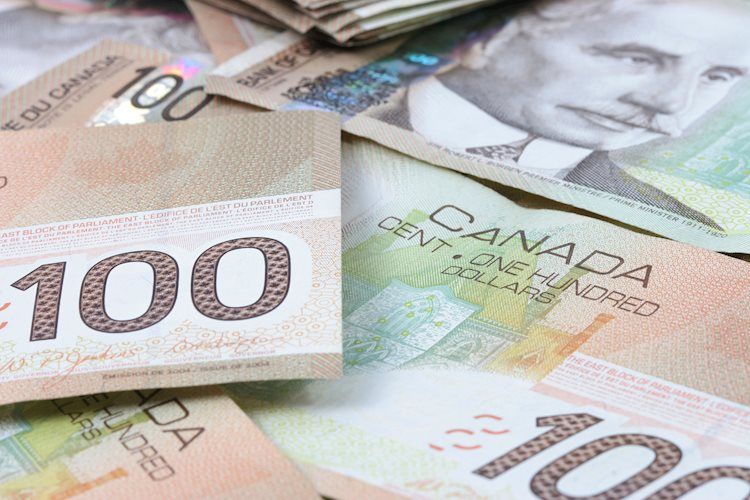
- USD/CAD trades in positive territory for the second consecutive day around 1.3565 in Friday’s early European session.
- Fed’s Barkin noted disinflation is likely to continue, but the pace of that remains unclear.
- Canada’s trade surplus widened to $1.39 billion in February from $0.61 billion in January, better than estimated.
The USD/CAD pair gains traction near 1.3565 during the early European session on Friday. The rebound of the pair is bolstered by renewed US Dollar (USD) demand as the rising geopolitical tensions in the Middle East boost safe-haven flows.
On Thursday, the Federal Reserve (Fed) Bank of Richmond President Thomas Barkin said disinflation is likely to continue, but the speed of that remains unclear. Barkin added that maintaining rates ‘somewhat restrictive’ will bring inflation back to target. Fed Chair Jerome Powell indicated that FOMC officials see it’s appropriate to begin lowering policy rates if the economy develops as expected.
The US labor market data for March will be due on Friday, which is likely to offer fresh insights into the Fed’s outlook on interest rates. The highly-anticipated Nonfarm Payrolls (NFP) is estimated to show that the US economy added 200,000 jobs in March from a 275,000 increase in February. The Unemployment Rate is projected to remain steady at 3.9% in the same period. In the event that the US NFP data shows a strong-than-expected outcome, this could dampen June Fed rate cut expectations, providing some support to the Greenback and acting as a tailwind for the USD/CAD pair.
On the Loonie front, Canada’s trade surplus increased to $1.39 billion in February from $0.61 billion in January, beating the estimation. This, in turn, lifts the Canadian Dollar (CAD). Additionally, the rise in oil prices due to the escalating tensions in the Middle East provides some support for the commodity-linked Loonie and might cap the upside of the USD/CAD pair. Market players will take more cues from the Canadian labour market data later in the day.